According to the HO, these pockmarks started appearing a few years ago. The house is roughly 55 years old, I believe the blocks are cinderblock and not concrete. The basement is fairly dry, and these pics are from an interior wall, so it is not efflorescence. When the raised spots are touched the block crumbles beneath it and is rather powdery. Is this just routine age? There is no wholesale disintegration, but the owner is worried (house to go on market). Thanks
Edited 2/16/2007 8:16 am ET by hmj
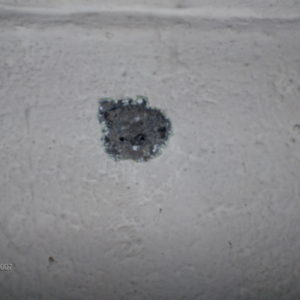
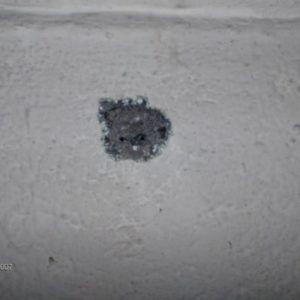
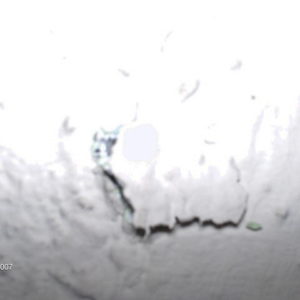
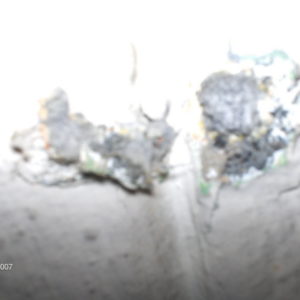
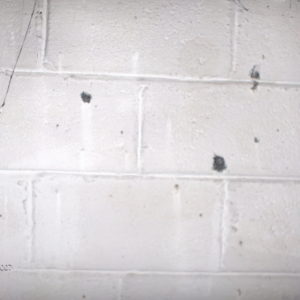



















Replies
The examples look like typical "popouts" that occur in concrete when some expansive aggregate has made its way into the mix. Probe around the bottom of the void and see if there are any clay, metal fragments, or soft aggregate. Any one of those will expand in the presence of moisture and cause a popout.
Realistically,foundation is 50 years old so not surprised to see some elements of aging. If remainder of block is solid, then extrapolate - foundation will likely have a remaining life of 100+ years. Just some thoughts.
Randy
Are you sure that you are not talking about the interior face of a exterior wall?, very few houses have interior walls made out of block.
Yah, it was the interior side of garage wall (garage in basement). The garage was not heated, but it was still quite dry. so I don't know where the moisture might be coming from.
You might tape some visqueen to the wall itself as well as areas of the floor adjacent to it. After a few days check the plastic to see if there's any moisture on it.
Those block sit on an absorbtive footing and can wick from the ground below. Might only be a spring or wet season occurance.A great place for Information, Comraderie, and a sucker punch.
Remodeling Contractor just outside the Glass City.
http://www.quittintime.com/
Happened in a house we once had. Melt water salt from the car in the garage.
they re freezing
55years ago houses had almost no foundation water protection. It dosen't take a lot of moisture in that time span to cause problems. Trying to figure out where its coming from is not going to be cost effective. If everything is dry I would leave well enough alone. Lots of luck....................................
"If all else fails, read the directions"
I believe you are seeing the results of certain components in the block expanding for one reason or another. Where it occurs nearest the surface, it is able to pop a portion of surface free from the block.
A tell tale sign is the shape of the void. The conical shape indicates pressure from a central point beneath pushing outward to expand the hole to the cone shape that we see.
It is nearly identical to the pattern of hole created in plate glass when struck with a small object (such as a bb or pebble) causing a pop-out.
My guess is that it is likely small iron pieces rusting and expanding slowly over time causing the final result. it can also be other expansive material that is either swelling and shrinking with mositure or temperature stressing the area over 50 years and finally causing it to let loose.
If you look at the center of the pit, you will most likely see the remnants of the culprit.
When you're this good, EVERYONE wants a crack at you!
http://www.petedraganic.com/
Edited 2/16/2007 11:19 am ET by PeteDraganic
Normally two things can cause spalling. One is where the steel inside rusts and swells. The other is where the concrete has moisture in it and swells when it freezes. I have seen both happen.